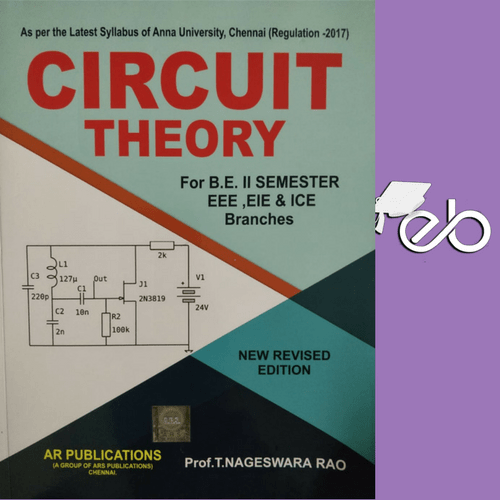


Our contribution in this article has been discussed in Sect. The implementation results of some of the algorithms are shown in Sect. The algorithms have been reviewed, explained, and compared in Sect. Various efficient algorithms for generating all spanning trees of a graph have been proposed by several researchers. Some of these problems include routing in wired or wireless networks, calculating current in electrical networks, designing layout of integrated circuits, solving a maze, finding set of genes responsible for a specific genetic disorder, maintaining communications between various hardware resources in distributed computing environment, just to mention a few. When a given problem is formulated in terms of a graph, generation of spanning trees of the graph often becomes a natural way of solving the problem or optimizing the solution. Like computation of a minimum spanning tree, computation of all possible spanning trees of a graph have also gone through evolution in approaches adopted for its solutions. In a weighted graph, minimum spanning tree (MST) has the least possible weight compared to the weights of all other spanning trees, where weight of a tree is the sum of the weights of its associated edges. Different areas of computer science like image processing (in extraction of networks of narrow curvilinear features such as road and river networks from remotely sensed images), networking (in electrical networks, transportation networks, mobile ad-hoc networks, broadcast and peer-to-peer networks, VLANs, etc.), social media (for improving AI based search performance), and many others use either minimum spanning tree or all possible spanning trees of a graph. Spanning trees find a huge range of applications in the fields of computer science, chemistry (for determination of the geometry and dynamics of compact polymers), medicine (identifying history of transmission of HCV infection), biology (in quantitative description of cell structures in light microscopic images), astronomy (to compare the aggregation of bright galaxies with faint ones), archaeology (for identifying close proximity analysis), and many others. A spanning tree is a subset of a given graph, encompassing all its vertices, with minimum possible number of edges. There is a well-known concept in graph theory, known as spanning tree. Many real life problems can be solved using graph theory.


 0 kommentar(er)
0 kommentar(er)
